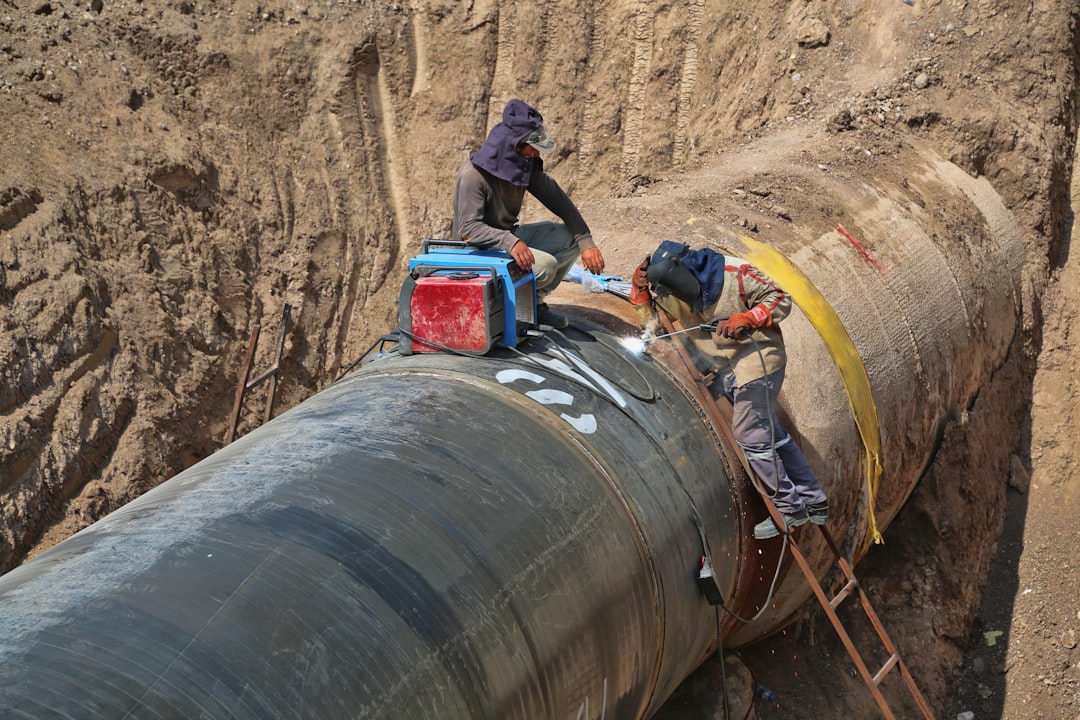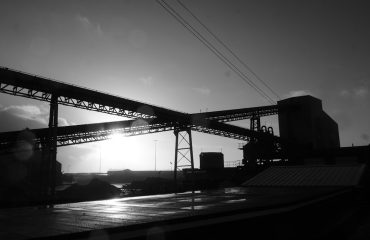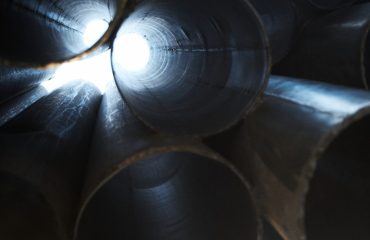Energy projects rely heavily on efficient and reliable pipeline infrastructure. The selection of the right pipe is paramount, impacting not only project cost and timeline but also safety, environmental impact, and long-term performance. This comprehensive guide delves into the crucial factors to consider when choosing pipes for your energy project.
1. Material Matters: Selecting the Right Pipe Material
The choice of pipe material is fundamental. Different materials offer varying properties in terms of strength, corrosion resistance, temperature tolerance, and cost. Common materials include:
- Steel: A workhorse in the energy industry, steel pipes offer high strength and durability. They’re suitable for high-pressure applications and can withstand harsh environmental conditions. However, they are susceptible to corrosion and require protective coatings or linings, often made of epoxy or polyethylene.
- High-Density Polyethylene (HDPE): HDPE pipes are lightweight, flexible, and highly resistant to corrosion. They are increasingly popular for low-pressure applications, particularly in natural gas distribution networks. Their flexibility allows for easier installation in challenging terrains.
- Polyvinyl Chloride (PVC): PVC pipes are cost-effective and resistant to corrosion, making them suitable for certain applications, especially in water transmission. However, their temperature and pressure limitations restrict their use in high-pressure energy projects.
- Fiber Reinforced Polymers (FRP): FRP pipes combine the strength of fiberglass with the corrosion resistance of polymers. They are lightweight and offer good chemical resistance, making them suitable for specific applications where corrosion is a major concern.
The selection of the optimal material depends on factors like the transported fluid (oil, gas, water), pressure requirements, temperature fluctuations, soil conditions, and project budget.
2. Pressure’s On: Understanding Pressure Ratings and Safety
Pipelines operate under various pressure levels, depending on the transported fluid and the distance it needs to travel. The pipe’s pressure rating, typically expressed in pounds per square inch (PSI) or bars, must be significantly higher than the expected operating pressure to ensure safety and prevent failures. Factors influencing pressure rating include:
- Fluid type and density: The density and viscosity of the transported fluid influence the pressure exerted on the pipe walls.
- Pipeline length and elevation changes: Longer pipelines and significant elevation changes require higher pressure ratings to overcome frictional losses and gravitational forces.
- Temperature variations: Temperature fluctuations can affect the pipe’s material properties and influence pressure behavior.
Accurate pressure calculations and the selection of pipes with appropriate safety factors are crucial to prevent leaks, ruptures, and potential environmental disasters. Regular inspections and maintenance are also essential to maintain pipeline integrity.
3. Sizing Up: Determining the Right Pipe Diameter
Pipe diameter directly impacts flow rate and velocity. An incorrectly sized pipe can lead to inefficiencies and increased energy consumption. The optimal diameter is determined through hydraulic calculations, considering factors like:
- Desired flow rate: The volume of fluid that needs to be transported per unit time dictates the required pipe size.
- Fluid viscosity: Higher viscosity fluids require larger diameters to maintain adequate flow velocity.
- Pipeline length and roughness: Longer pipelines and rougher pipe interiors increase frictional losses, requiring larger diameters to compensate.
- Pressure drop: The acceptable pressure drop along the pipeline determines the appropriate diameter.
Computer-aided design (CAD) software and specialized hydraulic modeling tools are often employed to optimize pipe diameter selection and minimize energy losses.
4. Environmental Considerations: Minimizing the Footprint
Environmental concerns play a significant role in pipeline project planning and execution. Pipe selection should consider the potential environmental impacts, including:
- Material sourcing and manufacturing: Choosing materials with lower embodied carbon and minimizing the environmental impact of manufacturing processes is essential.
- Corrosion and leakage: Preventing corrosion and leaks reduces the risk of soil and water contamination. The choice of pipe material and protective coatings is vital in this regard.
- Right-of-way impact: Minimizing the land area required for the pipeline reduces habitat disruption and land-use conflicts.
- Pipeline decommissioning: Planning for pipeline decommissioning and responsible disposal of materials at the end of the pipeline’s life cycle is crucial.
Environmental impact assessments (EIAs) are often required to evaluate the potential environmental consequences of pipeline projects and inform the selection of environmentally friendly materials and construction methods.
5. Cost Optimization: Balancing Performance and Budget
While performance and safety are paramount, cost is always a critical factor in energy project planning. Pipe selection involves finding the optimal balance between performance requirements and budget constraints. Considerations include:
- Initial material costs: Different pipe materials have different price points.
- Installation costs: Factors such as pipe weight, flexibility, and required equipment influence installation costs.
- Maintenance and repair costs: Materials with higher durability and corrosion resistance may reduce long-term maintenance costs.
- Life cycle costs: A holistic approach that considers all costs over the pipeline’s lifespan is crucial for informed decision-making.
Life cycle cost analysis (LCCA) helps to compare different pipe options based on their total cost over their operational lifespan, facilitating informed decisions that balance performance, safety, and economic viability.
Choosing the right pipe for an energy project is a complex decision requiring careful consideration of numerous factors. By meticulously evaluating material properties, pressure requirements, diameter considerations, environmental impacts, and cost implications, project engineers can ensure the selection of a pipeline system that is safe, reliable, efficient, and environmentally responsible.
SEO Tags:
- Energy Pipelines
- Pipe Material Selection
- Pipeline Design Considerations
- Pipeline Pressure Rating
- Environmental Impact of Pipelines




